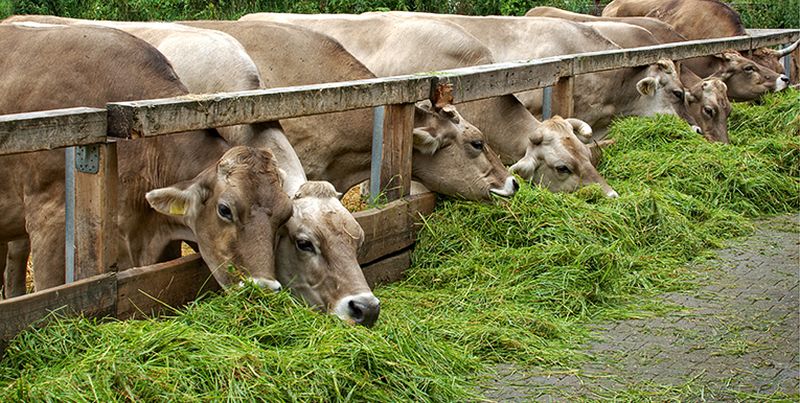cow comfort,
dry cow,
dry cow management,
dry matter intake
Dry cows need a total comfort solution

Dry cows must be provided with total comfort at all times, so as to ensure a successful calving, according to Co. Antrim vet Brian O’Donnell.
This includes the provision of adequately-sized cubicles, plus ample feed troughs and water space.
“Great care must be taken when introducing new animals to a dry cow group, so as to minimise stress levels for all the animals involved. At calving, cows should be placed in well-bedded pens that are directly adjacent to the dry cow accommodation, again so as to minimise stress,” he said.
O’Donnell is a member of the professional team with the Caddy veterinary practice in Randalstown. He said that eight weeks is the optimal dry cow dry period for a dairy cow.
“Cows should be scanned during mid-pregnancy to ascertain their exact calving date. Simply going by an insemination date is not accurate enough. Increasing numbers of farms are now using heat detection technology to facilitate their breeding programmes.
“This is additional information that can be used to ascertain calving dates, should cows be running with a bull,” the vet added.
In preparation for the upcoming breeding season, O’Donnell cited a number of management priorities.
“Cows should be achieving high dry matter intakes. Good udder and hoof health are also important. If a cow is off her feet, she won’t feed and she won’t breed,” he explained.
O’Donnell pointed out that cows that had experienced milk fever after calving will, inevitably, prove difficult to get back in calf.
“Bull selection is also an important factor in determining cow fertility,” he said.
Sires with any form of calving difficulty associated with them should be avoided at all costs. Problems of this nature will only set the cows back and delay them significantly when it comes to conceiving again.
O’Donnell said that dry cow management has an impact on all of the factors that come into play, where fertility is concerned.
“Body Condition Score (BCS) is the key driver in this regard. Cows should have a score of 3.0 at calving. In fact, dairy farmers should make it a priority to have their cows at this level of condition the year round,” he said.
